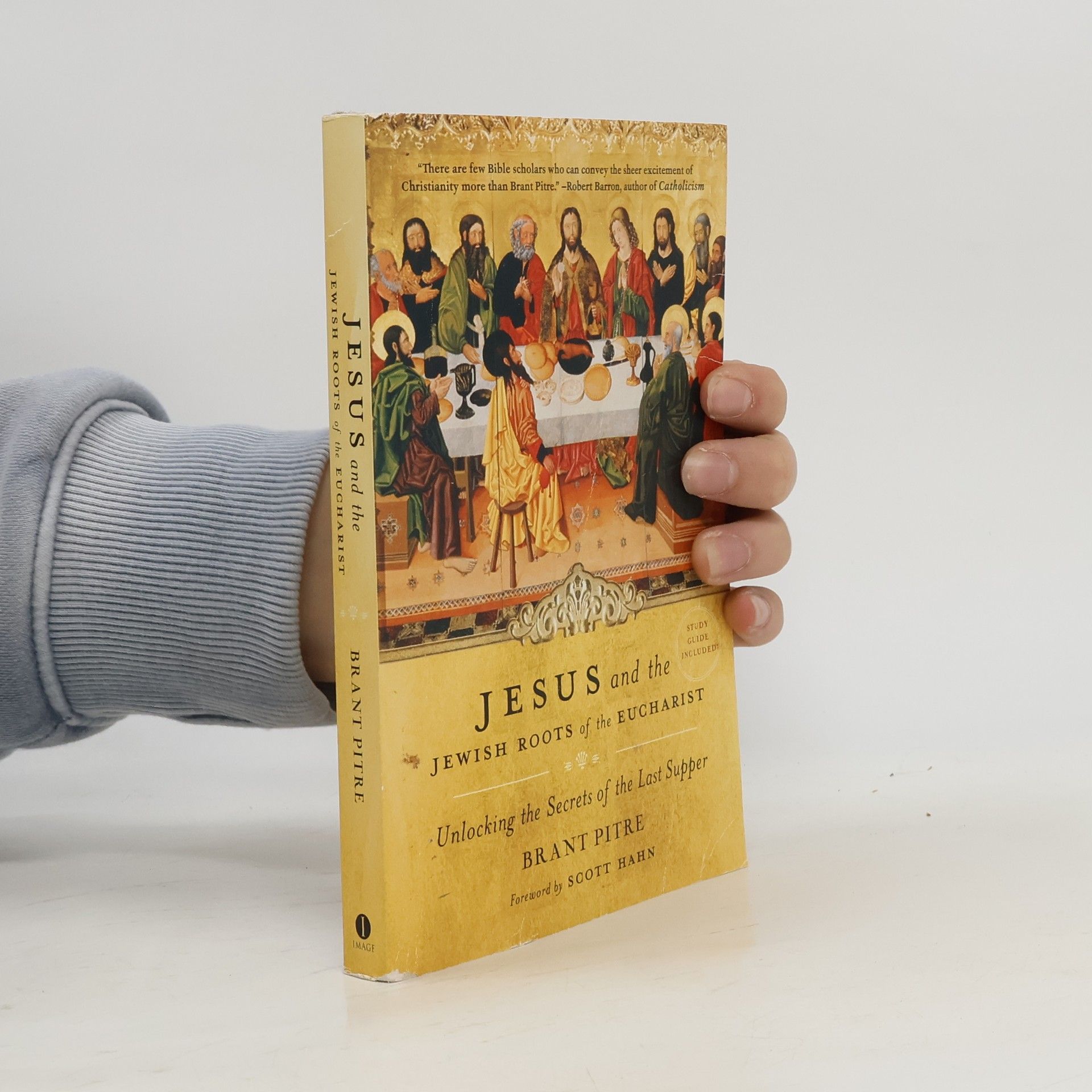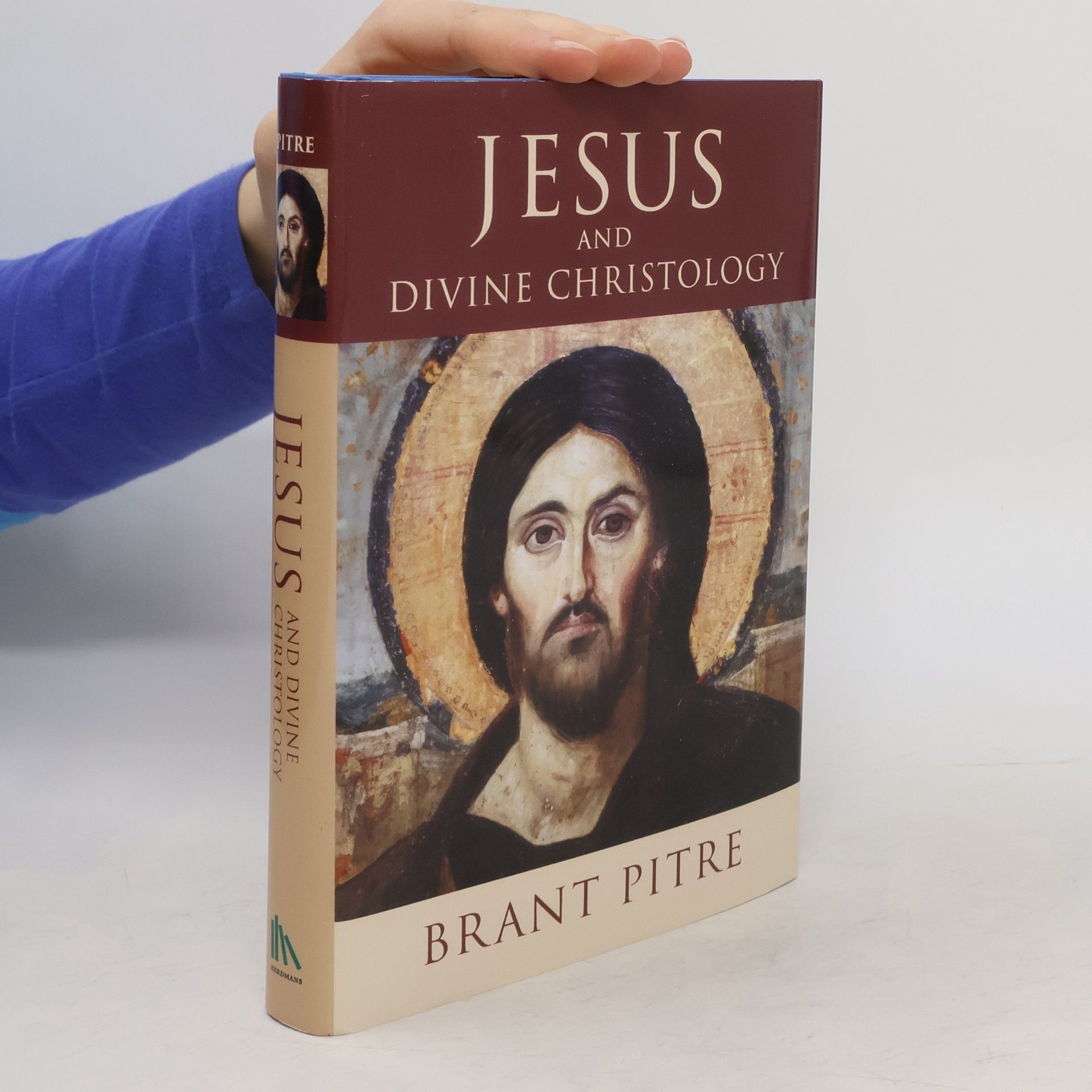Jesus and the Jewish Roots of the Eucharist
- 272bladzijden
- 10 uur lezen
Jesus and the Jewish Roots of the Eucharist shines fresh light on the Last Supper by looking at it through Jewish eyes. Using his in-depth knowledge of the Bible and ancient Judaism, Dr. Brant Pitre answers questions such as: What was the Passover like at the time of Jesus? What were the Jewish hopes for the Messiah? What was Jesus' purpose in instituting the Eucharist during the feast of Passover? And, most important of all, what did Jesus mean when he said, "This is my body... This is my blood"? To answer these questions, Pitre explores ancient Jewish beliefs about the Passover of the Messiah, the miraculous Manna from heaven, and the mysterious Bread of the Presence. As he shows, these three keys--the Passover, the Manna, and the Bread of the Presence--have the power to unlock the original meaning of the Eucharistic words of Jesus. Along the way, Pitre also explains how Jesus united the Last Supper to his death on Good Friday and his Resurrection on Easter Sunday. --Publisher description



